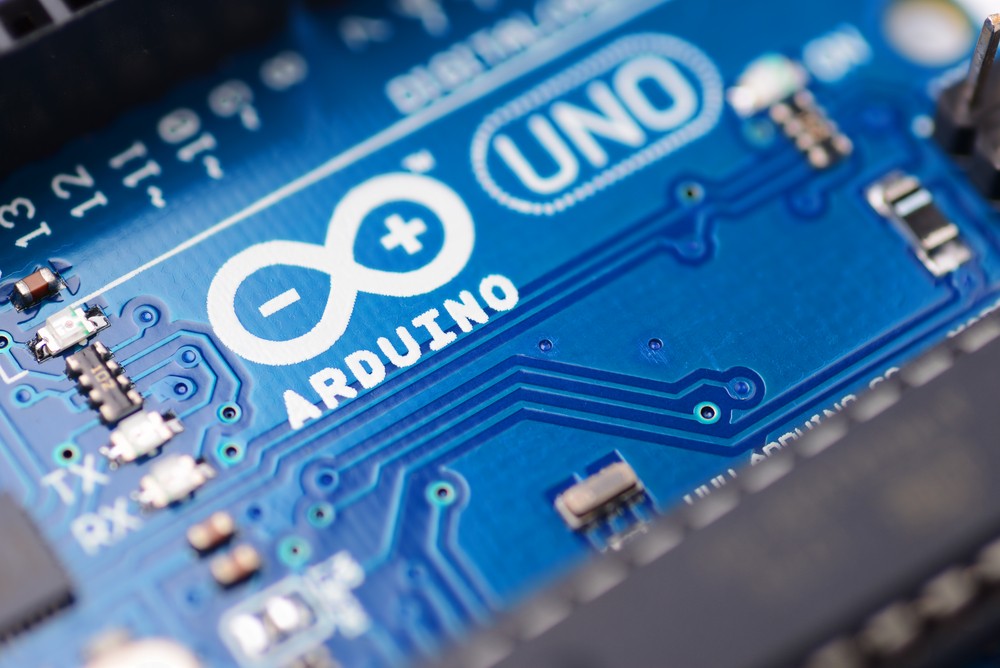Arduino is an open-source hardware and software platform designed for building electronic prototypes and interactive projects. It consists of a physical programmable circuit board (the "Arduino board") and a software development environment that runs on your computer. Arduino boards can be used to control and interact with various sensors, actuators, and other electronic components.
Arduino was created in 2003 by a group of students at the Interaction Design Institute Ivrea in Italy as a tool for rapid prototyping of interactive devices. The original goal was to create a simple and affordable way for artists, designers, and hobbyists to create their own interactive projects.
Since then, Arduino has become one of the most popular open-source platforms for electronics prototyping and has been adopted by a wide range of users, from students to professionals. The platform has also spawned a large and active community of users who create and share their own projects, code, and resources.
Today, there are many different types of Arduino boards available, each with its own unique features and capabilities. These boards are often used in a wide range of projects, from robotics and automation to art and design. The flexibility and accessibility of Arduino have made it a popular platform for anyone interested in electronics, programming, and physical computing.
Arduino is an open-source electronics platform that has gained immense popularity in recent years due to its versatility and ease of use. It is an affordable and accessible way for beginners to learn about electronics and programming, while also providing a powerful tool for more experienced users to create complex projects.
At its core, Arduino is a microcontroller platform that is designed to be easily programmed and interfaced with a wide range of electronic components. A microcontroller is essentially a small computer on a single chip that is dedicated to performing a specific task, such as reading sensor data or controlling a motor.
Arduino boards contain a microcontroller, along with other electronic components that allow it to communicate with other devices, such as USB ports, power regulators, and digital and analog input/output pins. These pins are what allow the Arduino to read input from sensors, control output to actuators, and communicate with other devices.
To program an Arduino board, you first write your code in the Arduino Integrated Development Environment (IDE), a software program that provides a user-friendly interface for writing, compiling, and uploading code to the board. The code is written in a variant of the C++ programming language, and can be easily modified and uploaded to the board.
Once the code is uploaded, the Arduino board executes the code, performing the actions that were specified in the program. For example, if the program instructed the Arduino to read data from a sensor and turn on an LED if the value exceeded a certain threshold, the board would read the data from the sensor, process it according to the program's instructions, and activate the LED if the threshold was exceeded.
The beauty of Arduino lies in its simplicity and versatility. With a basic understanding of electronics and programming, anyone can learn to create their own projects and prototypes using Arduino. The wide range of electronic components that can be interfaced with Arduino allows for endless possibilities, from basic LED projects to complex robotics and automation systems.
Importance of learning Arduino for electronics and programming enthusiasts.
Easy to Learn: Arduino's programming language is based on C++, but it uses a simplified syntax that is easy to learn and understand. This makes it accessible to beginners who may have little to no experience in programming.
Hands-on Learning: Arduino is a platform for building physical prototypes and projects, which means you get to learn by doing. This hands-on approach can be a great way to solidify your understanding of concepts and ideas.
Interdisciplinary: Arduino combines electronics, programming, and even design, making it an ideal platform for those interested in interdisciplinary work. This also means that you can use Arduino to create projects that solve problems in a wide range of fields, from robotics to art.
Low-Cost: Arduino boards and components are relatively inexpensive, making it an affordable way to get started with electronics and programming. This accessibility means that more people can learn and experiment with Arduino, regardless of their budget.
Community: Arduino has a large and active community of users who are always willing to help and share their knowledge. This means that you can learn from others, find answers to your questions, and even get feedback on your projects.
Overall, learning Arduino can be a rewarding experience for anyone interested in electronics and programming. Whether you're a hobbyist or a professional, Arduino can provide you with the tools and resources you need to bring your ideas to life.

No comments:
Post a Comment